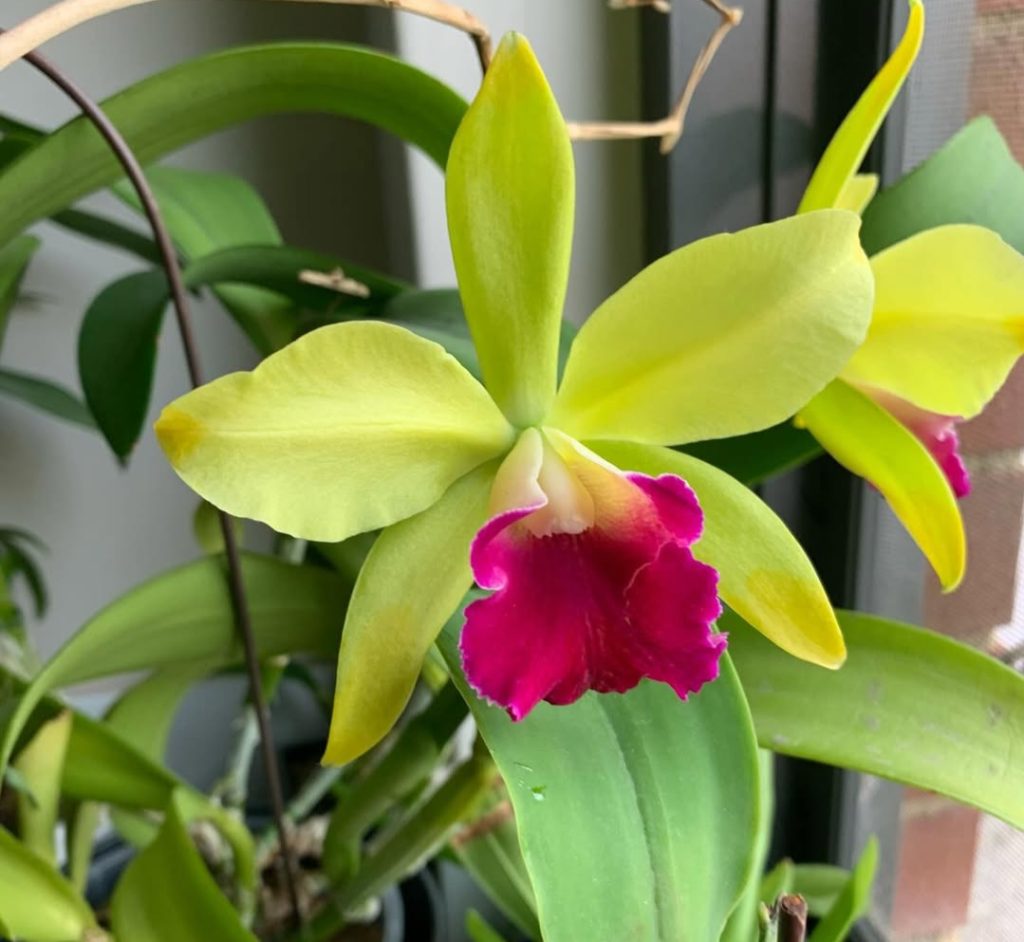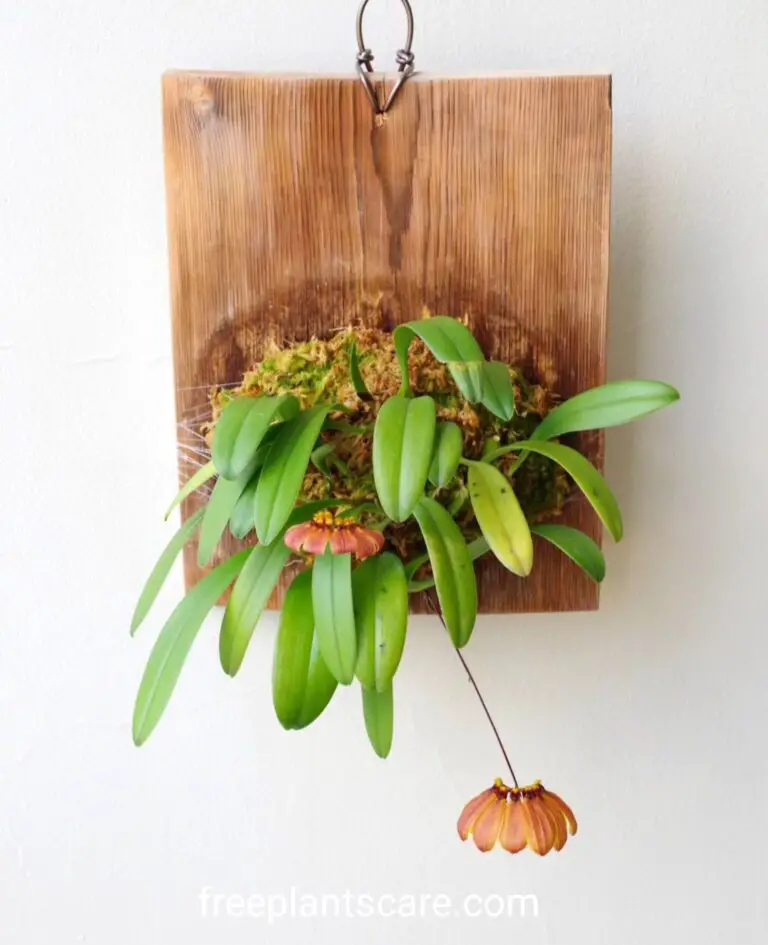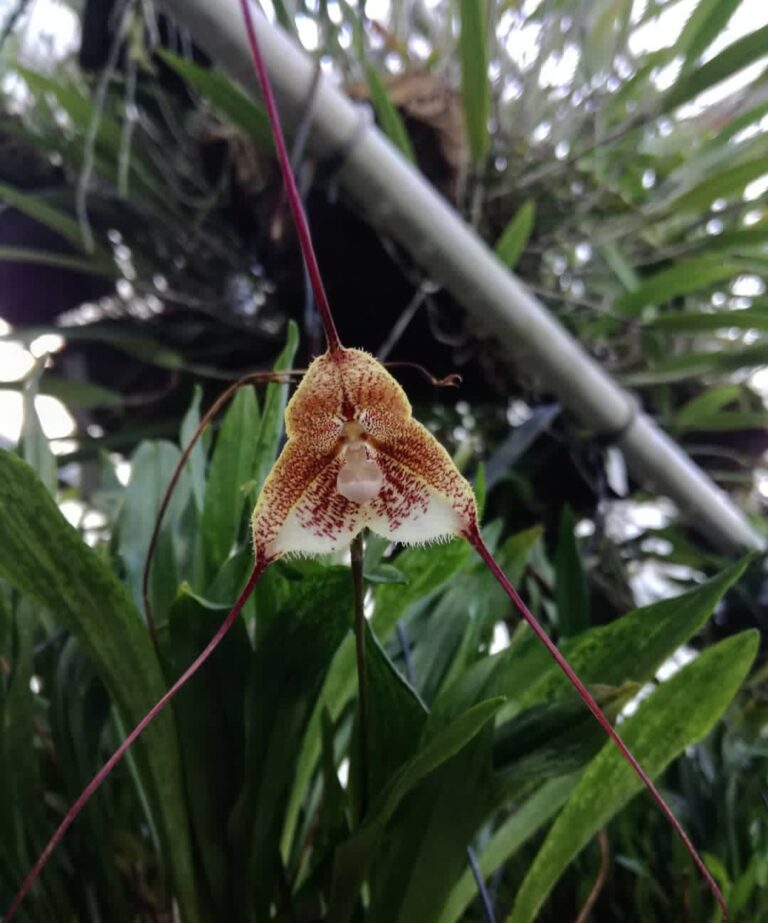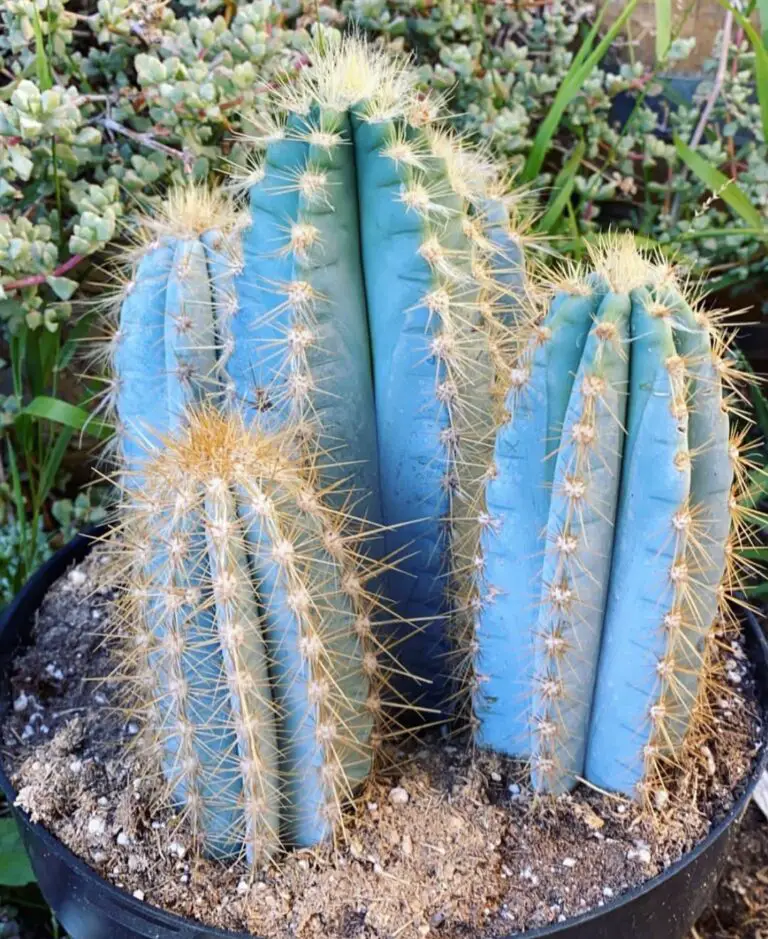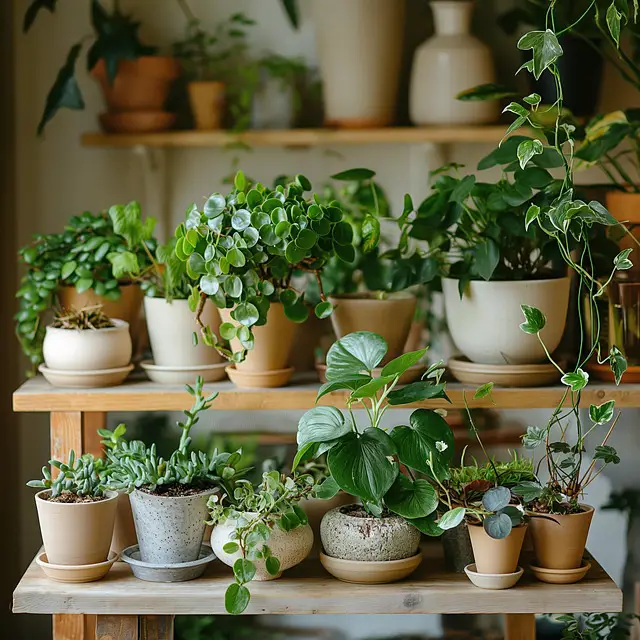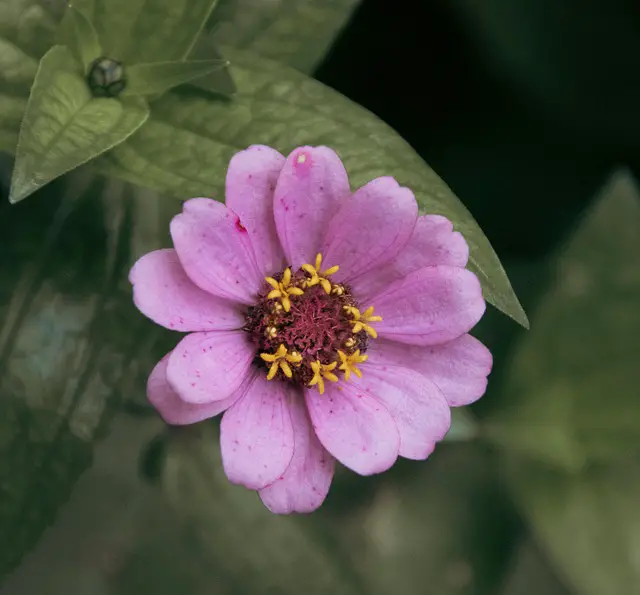Cattleya orchids, known as the “Queen of Orchids,” are prized for their vibrant colors, elegant form, and sweet fragrance. These tropical marvels have captivated orchid lovers for generations, often taking center stage in floral arrangements and garden displays. But while beautiful, Cattleyas have a reputation for being challenging to grow—until now.
Whether you’re nurturing your first orchid or adding to a seasoned collection, learning the key elements behind Cattleya care will lead to healthier plants and more spectacular blooms. This guide reveals 20 essential secrets that can transform your orchid-growing experience and help you unlock the full potential of these tropical showstoppers.

- 1 1. Choose the Right Variety
- 2 2. Light is Life
- 3 3. Master the Watering Routine
- 4 4. Use the Right Potting Mix
- 5 5. Repot Every 2-3 Years
- 6 6. Keep Them Warm
- 7 7. Airflow is Crucial
- 8 8. Don’t Skip Fertilizer
- 9 9. Humidity Matters
- 10 10. Watch the Leaves for Clues
- 11 11. Support the Pseudobulbs
- 12 12. Don’t Overpot
- 13 13. Promote Blooming with a Rest Period
- 14 14. Use Clay Pots for Breathability
- 15 15. Inspect Regularly for Pests
- 16 16. Avoid Wet Feet
- 17 17. Consider Mounting for Advanced Display
- 18 18. Keep an Orchid Journal
- 19 19. Be Patient
- 20 20. Celebrate the Blooms!
- 21 Final Thoughts: Cattleya Magic is Within Reach
- 22 FAQs: Cattleya Flower
1. Choose the Right Variety
Not all Cattleyas are created equal. There are countless species and hybrids, each with different care needs and bloom characteristics. Beginners should start with hybrids like Cattleya intermedia or Cattleya maxima, which are more forgiving. Consider your climate, lighting conditions, and growing space before selecting the right type for your collection.
2. Light is Life
Cattleyas need bright, filtered light to thrive and flower regularly. A location near an east- or south-facing window is ideal, with a sheer curtain to protect from harsh direct rays. Leaves should be a healthy light green; too dark means insufficient light, while yellow or reddish leaves suggest excessive sun exposure.
3. Master the Watering Routine
Overwatering is the quickest way to damage or kill a Cattleya. These orchids prefer a “wet-dry” cycle, meaning their roots should dry out between waterings. Once a week is usually sufficient, however temperature and humidity will affect this.Always check the potting media before watering to avoid root rot.
4. Use the Right Potting Mix
Cattleyas are epiphytic, meaning they grow on trees in nature.
As such, they require an airy, well-draining potting mix. Charcoal, perlite, and medium-grade fir bark combine to provide the ideal ratio of moisture retention to drainage. Avoid traditional soil, which holds too much water and suffocates roots.
5. Repot Every 2-3 Years
Repotting is essential to keep your Cattleya healthy and encourage new growth. Over time, the potting mix breaks down and retains too much moisture, which can lead to rot. Repot every 2–3 years, preferably after flowering, when the plant begins to show fresh root tips. This ensures a smoother transition.
6. Keep Them Warm
The ideal growing temperature range for cattleyas is between 65°F and 85°F (18°C and 29°C).They can tolerate slightly cooler nights, down to 55°F (13°C), which may even help trigger blooming. During winter, protect them from cold drafts and consider using heat mats or grow tents if your space is chilly.
7. Airflow is Crucial
In their natural environment, Cattleyas benefit from constant air movement. Without proper airflow, stagnant conditions can lead to fungal infections and pests. If growing indoors or in a greenhouse, use a small fan to keep the air circulating. Just ensure it’s gentle—no hurricane-force winds needed!
8. Don’t Skip Fertilizer
Regular feeding encourages healthy growth and abundant blooms. In the spring and summer, use a balanced 20-20-20 orchid fertiliser every two weeks, diluted to half strength.Reduce feeding in fall and winter when the plant enters a resting phase. Always water before fertilizing to avoid root burn.
9. Humidity Matters
Cattleyas prefer a humid environment, ideally between 40% and 70%. Dry air can stress the plant and hinder blooming. To raise humidity, place a humidity tray beneath the pot, mist the plant in the morning, group it with other plants, or run a humidifier near your orchid collection.
10. Watch the Leaves for Clues
Leaves are your orchid’s way of communicating. Healthy leaves are firm and apple green. Wrinkled or leathery leaves often mean the plant isn’t getting enough water, while yellowing or black spots may indicate overwatering, sunburn, or disease. Regularly inspect the foliage to catch issues before they become severe.
11. Support the Pseudobulbs
Cattleyas grow from pseudobulbs, which store water and nutrients. These upright stems can become top-heavy or lean as the plant matures. Use orchid clips or stakes to support them, especially after repotting. Keeping pseudobulbs secure also helps direct energy toward root and bud development rather than structural stability.
12. Don’t Overpot
While it may be tempting to give your orchid lots of room to grow, oversized pots retain too much moisture and risk root rot. Cattleyas actually prefer being slightly root-bound. Choose a pot that comfortably holds the current root system with a little space for 1–2 years of growth.
13. Promote Blooming with a Rest Period
After flowering, Cattleyas enter a rest period to recharge.Reduce watering and stop fertilising during this period.Providing slightly cooler night temperatures (around 55°F) during this phase can mimic natural conditions and trigger the development of new flower buds for the next growing season.
14. Use Clay Pots for Breathability
Clay or terracotta pots are excellent for Cattleyas because they allow moisture to evaporate more quickly and promote healthy airflow around the roots. This natural breathability helps prevent overwatering issues and keeps root systems healthier compared to plastic pots, which retain water longer and can stifle air exchange.
15. Inspect Regularly for Pests
Pests like mealybugs, scale, and spider mites might be drawn to orchids. Regularly inspect leaves, stems, and pseudobulbs, especially in warm or humid conditions. Treat infestations promptly with neem oil, insecticidal soap, or isopropyl alcohol. Isolating new or affected plants prevents the spread of pests to your entire collection.
16. Avoid Wet Feet
Your orchid should never be left in standing water. After watering, let the pot drain completely. Standing water in saucers or cachepots can quickly lead to root rot and bacterial infections. If using decorative containers, always elevate the inner pot or place pebbles beneath it to keep roots dry.
17. Consider Mounting for Advanced Display
More experienced growers could consider mounting their Cattleyas on driftwood or cork bark for a more organic and eye-catching presentation.This mimics their epiphytic habitat and improves airflow around the roots. Mounted orchids need more frequent watering, so this method suits growers with a dedicated orchid care routine.
18. Keep an Orchid Journal
Tracking your orchid’s care and growth cycle helps you understand its rhythm. Record watering dates, fertilization, repotting times, blooming periods, and any pest problems. Over time, you’ll notice patterns that will help you fine-tune your care routine and predict when your orchid is ready to bloom again.
19. Be Patient
Cattleyas can take a year or more to bloom, especially after repotting or dividing. Stay consistent with care, and don’t give up if flowers don’t appear right away. Many Cattleyas bloom only once a year, but when they do, the blooms are spectacular and often last for several weeks.
20. Celebrate the Blooms!
When your Cattleya finally rewards you with flowers, enjoy the moment! Their vibrant colors, frilled petals, and intoxicating fragrance make them a showpiece in any home or garden. Share your success with fellow orchid lovers, take photos, and perhaps even enter your beauty into a local orchid show!
Final Thoughts: Cattleya Magic is Within Reach
Growing Cattleyas doesn’t have to be a mystery. With attention to their needs and a little patience, anyone can enjoy the beauty of these regal orchids. By following the 20 secrets in this guide, you’ll not only keep your plant alive—you’ll help it thrive and bloom year after year.
FAQs: Cattleya Flower
Why is the Cattleya Flower so popular among orchid growers?
The Cattleya Flower is loved for its beauty, ease of hybridization, and long-lasting blooms, making it a favorite in floral arrangements and home gardens.
What is the best light condition for growing a Cattleya Flower?
Cattleya Flower thrives in bright, indirect sunlight. Too much direct sun can scorch the leaves, while too little can stunt flower production.
How often should I water my Cattleya Flower?
Water your Cattleya Flower once a week, allowing the potting medium to dry out slightly between waterings to prevent root rot.
Can I grow a Cattleya Flower indoors?
Yes, the Cattleya Flower can be grown indoors if it gets enough light, humidity, and air circulation—ideal for bright windowsills or under grow lights.
What type of potting mix is best for Cattleya Flower?
A coarse, well-draining mix of bark, charcoal, and perlite is best for the Cattleya Flower, ensuring proper air flow to the roots.
How do I encourage my Cattleya Flower to bloom?
To promote blooming, ensure your Cattleya Flower receives the right amount of light, proper watering, and a balanced orchid fertilizer during its growing season.
When is the best time to repot a Cattleya Flower?
Repot your Cattleya Flower every 2–3 years, ideally just after flowering or when new roots begin to emerge.
How do I fertilize a Cattleya Flower?
Use a balanced 20-20-20 orchid fertilizer every two weeks during the growing season to keep your Cattleya Flower healthy and blooming.
What temperatures are ideal for the Cattleya Flower?
The Cattleya Flower prefers day temperatures of 70–85°F and night temperatures around 55–60°F.
Are Cattleya Flowers prone to pests?
Like other orchids, the Cattleya Flower may attract pests like spider mites, aphids, and mealybugs. Regular inspection and natural sprays help control infestations.
How long do Cattleya Flowers last once in bloom?
A Cattleya Flower bloom can last from one to three weeks, depending on the variety and growing conditions.
. Can I divide my Cattleya Flower?
Yes, you can divide a mature Cattleya Flower plant when repotting to create new plants and manage size.
. What makes the Cattleya Flower unique among orchids?
The Cattleya Flower stands out due to its showy petals, delightful fragrance, and its history as a prized corsage flower.
